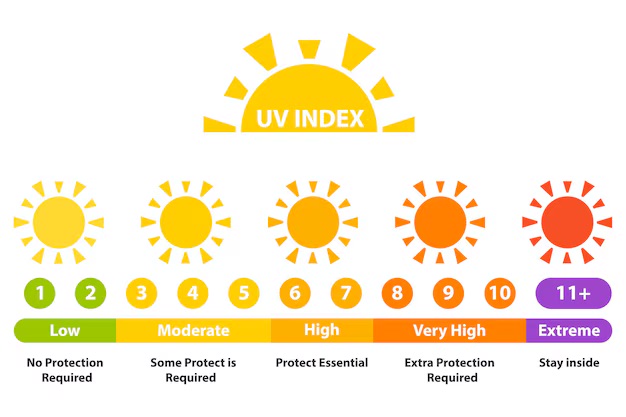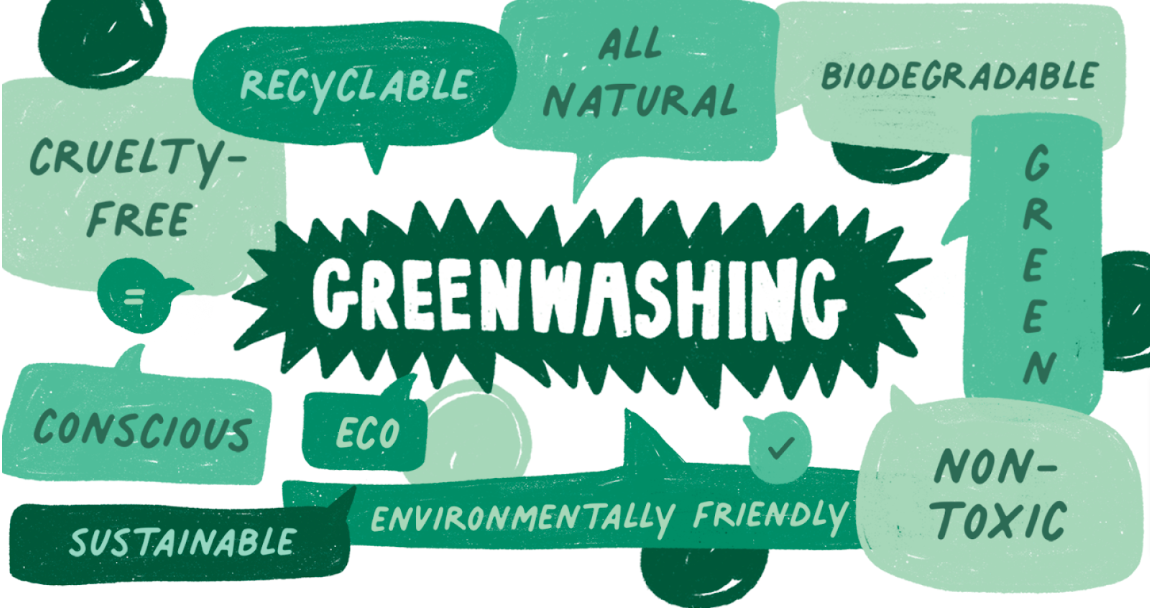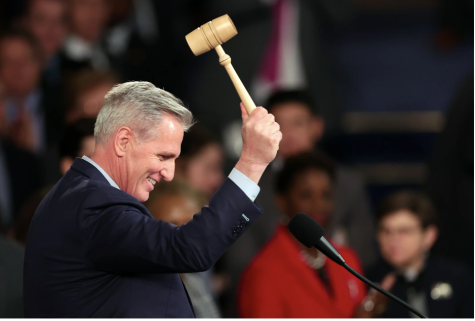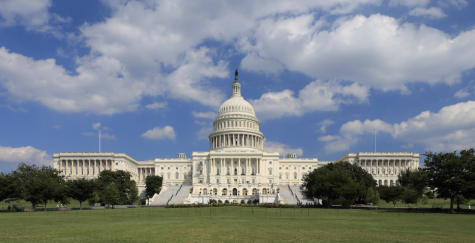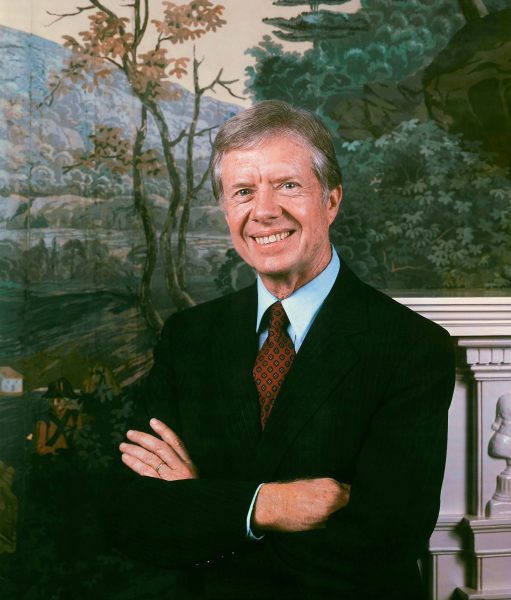Biden’s First Week in Office
After Joe Biden and Kamala Harris were inaugurated on January 20th, 2021, they immediately got to work and issued numerous executive orders (22 in the first week of Biden’s presidency, which is more than any previous president in his first week). Executive orders have the effect of law and do not require approval from Congress. Although a president’s executive order could be blocked by Congress if members feel that it exceeds the power of the presidency, the president can override this veto. The judicial branch also has the power to declare an executive order unconstitutional and thus prevent it from going into effect.
One of President Biden’s first actions in office was rejoining the Paris Climate Agreement. From the beginning of his campaign, this was an action Biden said he would take if elected. The United States has been a part of this agreement before but was removed under former President Trump in 2017. It aims to combat climate change by outlining goals to cut down on carbon emissions that contribute to global warming.
President Biden also put another climate change-related executive order into effect: the “Executive Order on Protecting Public Health and the Environment and Restoring Science to Tackle the Climate Crisis.” This one also outlined specific measures to combat environmental issues including oil and gas activity in the Arctic National Wildlife Refuge, Keystone XL Pipeline drilling, and pollution.
COVID-19 relief was one of President Biden’s focuses while campaigning, and he acted immediately to attempt to curb the spread of coronavirus. In an executive order, President Biden mandated masks, social distancing, and other precautionary measures suggested by the Center for Disease Control while on federal property.
Spencer Davimos ‘22 said, “I believe that Biden’s first week in office has started to pave the way for a very active and historical presidential term. So far, I’ve been impressed with his commitment to combatting Covid-19 through his efforts to accelerate the production of vaccines, and I look forward to seeing what other policies he signs into effect next.”
Another executive order from President Biden that undid former President Trump’s actions was ending the harsher entry policies on U.S. entry from seven majority-Muslim countries. Previously, there were stricter restrictions for immigrants from Iran, Iraq, Libya, Somalia, Sudan, Syria, and Yemen. President Biden has officially proclaimed that this “Muslim Ban” will no longer be in effect, citing concerns that it “jeopardized our global network of alliances.”
Tackling racial inequality seems to be another one of Joe Biden’s priorities in executive orders. So far, he has outlined in an executive order plans to allocate funds to underserved communities that have been impacted by systemic racism. This executive order also states that there will be more effort put into leveling the playing field in terms of government benefits and opportunities. President Biden has also ordered reforms of the incarceration system to end the use of privately operated criminal detention facilities. In this executive order, he stated that a disproportionate number of people of color are incarcerated and “rehabilitation and redemption” should be emphasized more.
As President Biden and his administration continue to issue executive orders, it is clear that he is looking for rapid action and a swift departure from the Trump Administration. In addition to making what he feels are the most time-sensitive changes through executive orders, Biden most likely plans to work with Congress throughout the next four years to pass legislation.



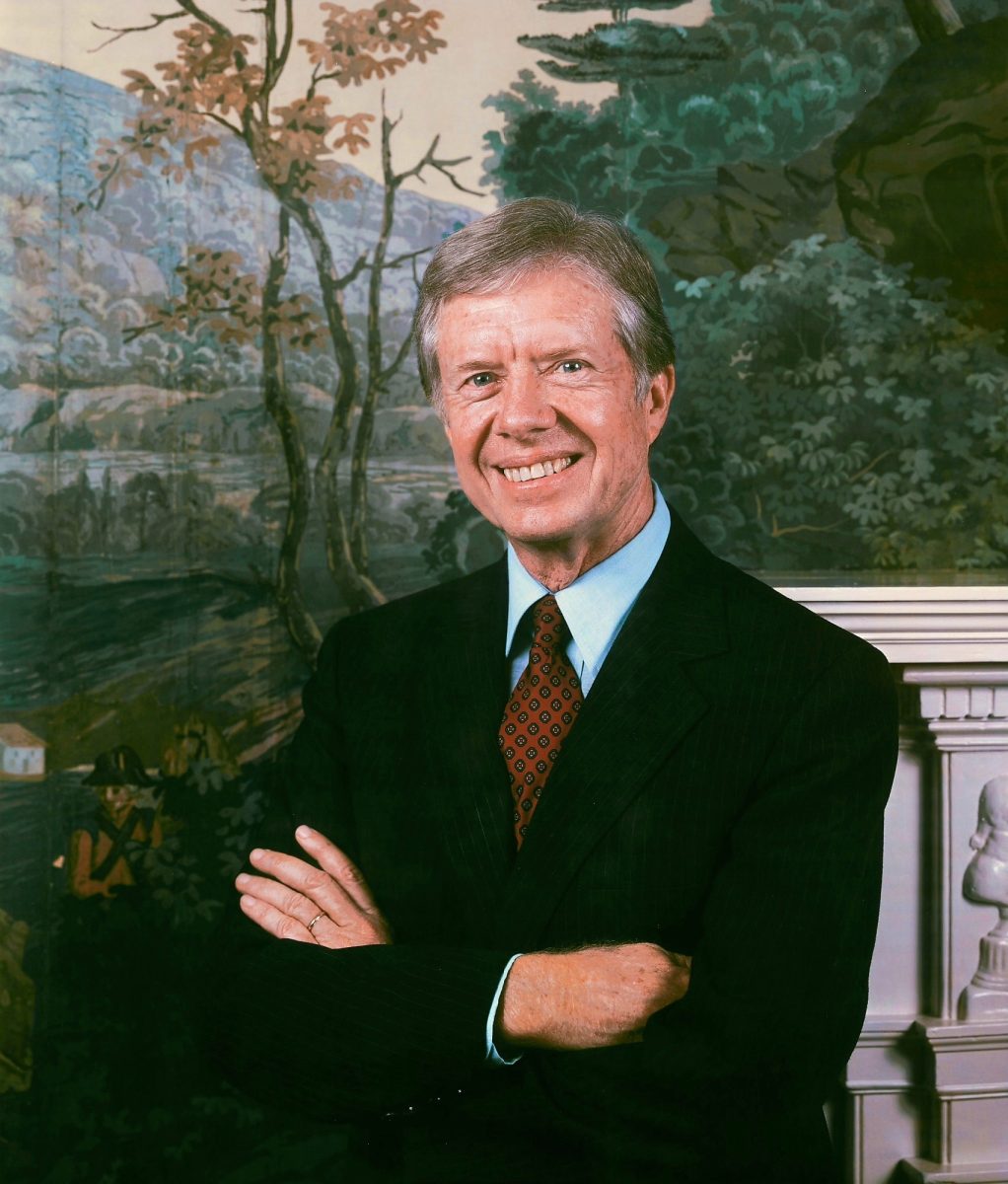








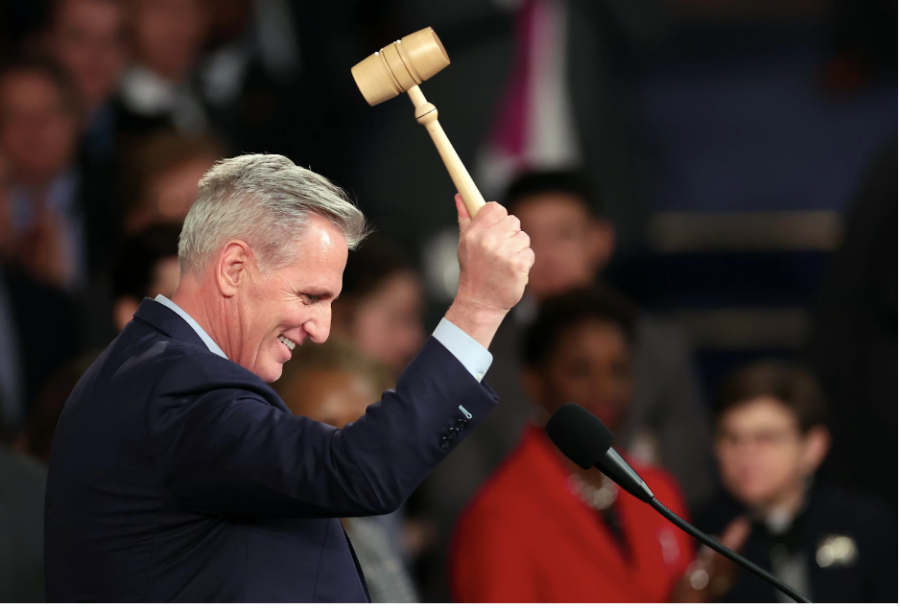
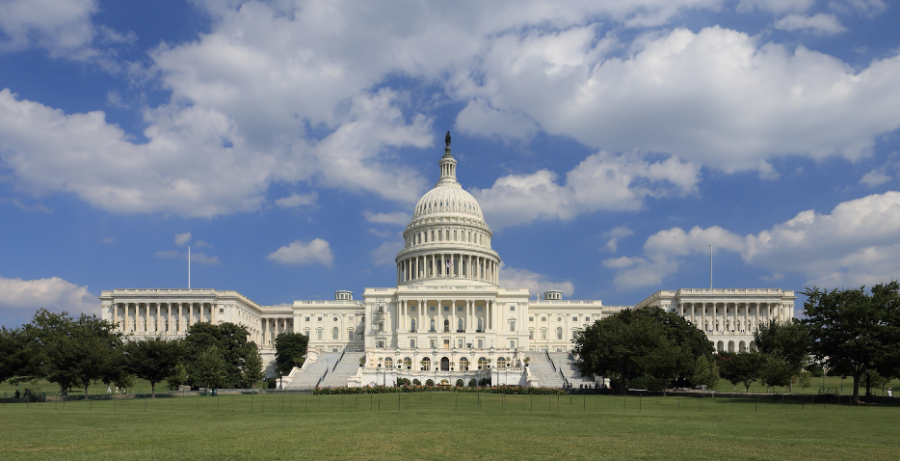
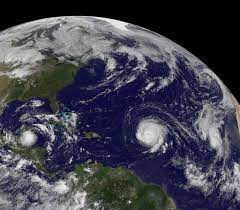



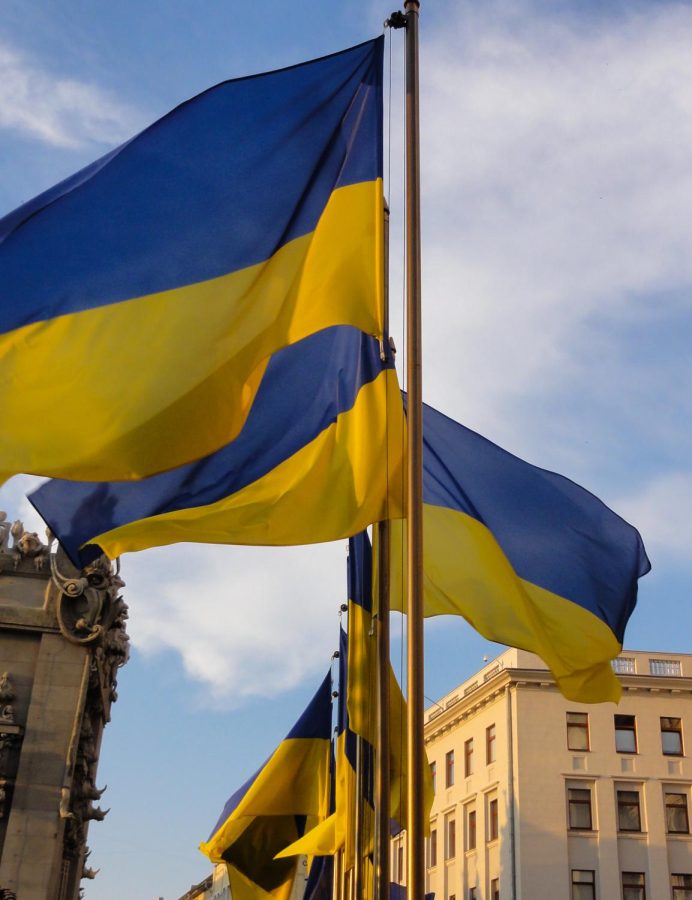














![Stranger Things 4: What to Expect [Warning: Contains Spoilers]](https://pcpawprint.com/wp-content/uploads/2021/11/StrangerThings4-900x473.jpeg)








